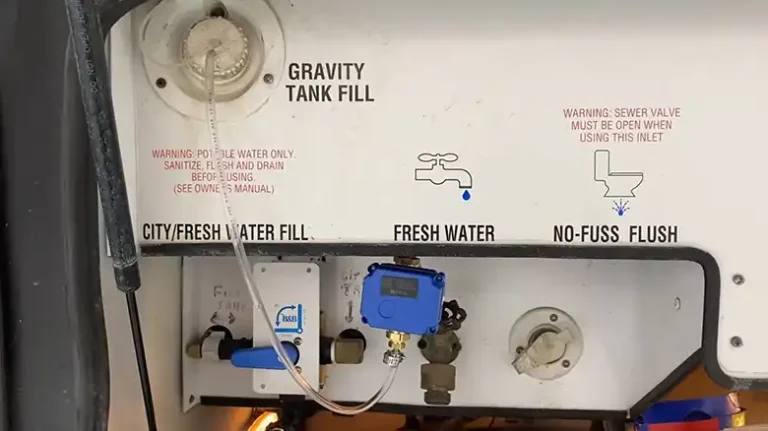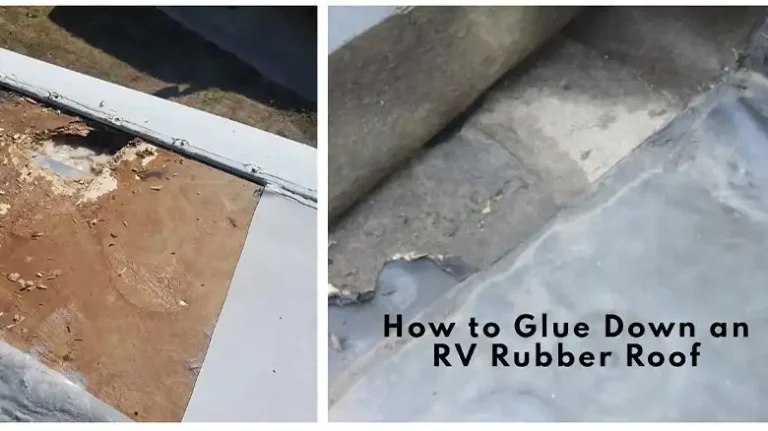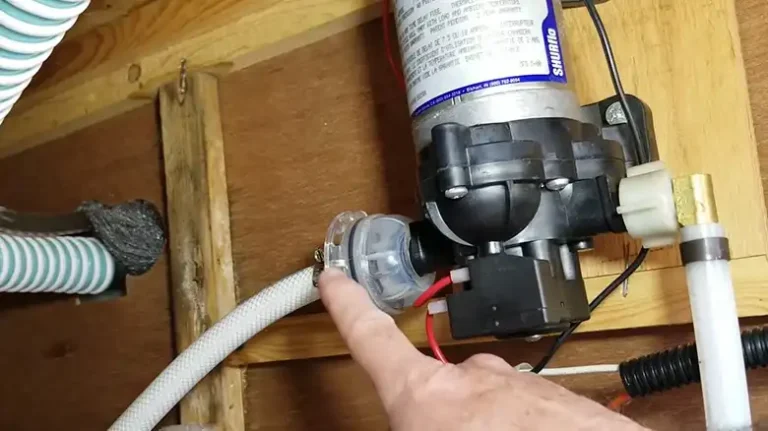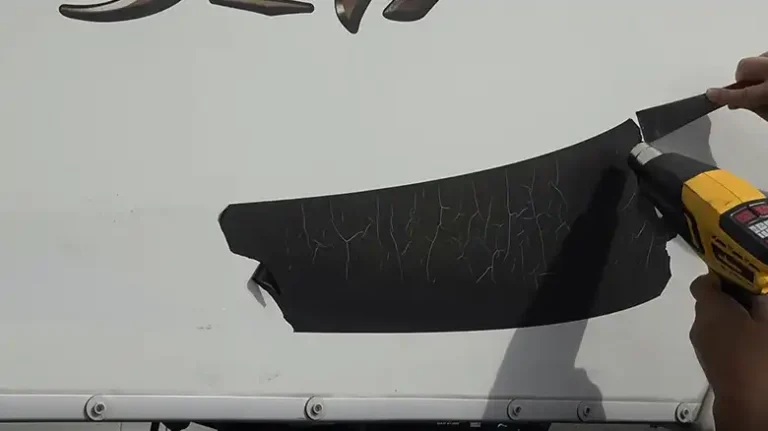How to Use RV Slide-Out Locks? My Guidelines
Slide-outs transform an ordinary RV into a spacious haven with just the push of a button. Extending magically for extra living space at the campsite and retracting easily for travel, they’re a game-changer. Yet, ensuring they’re securely locked during transit is crucial to prevent mishaps on the road. This guide breaks down using slide-out locks, covering types, tips for selection, and installation techniques for optimal security and convenience. Pro tips and insights into specialized locks for added automation or assurance against unexpected slide-outs are also included to keep your travels safe.
The process is straightforward: release locks when parked to allow slide-outs to extend freely. Before towing, visually confirm all slide-outs are fully retracted and engage the locks. For manual locks, secure them by turning the key or spinning the lever; for powered locks, press the lock button. A final walkaround ensures all locks are correctly engaged, providing peace of mind for a trouble-free road trip.
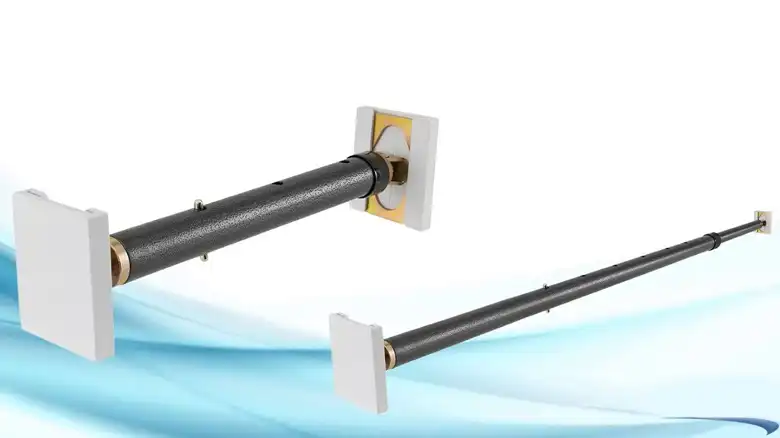
Do RV Slide-Out Locks Come In-built?
Slide-out locks are rarely an in-built feature in RVs. Slide-out mechanisms are designed to freely extend and retract when operated, so locks need to be purchased and installed separately. Major RV manufacturers assume owners will add their own locking devices customized to their particular slide-out setup.
Aftermarket slide-out locks are widely available from RV parts suppliers in a range of types, sizes, and weight capacities to accommodate different slide-out configurations. With a properly fitted lock, I can travel confidently knowing my slide-outs won’t inadvertently slide open while driving.
Types of RV Slide-Out Locks
There are two main categories of slide-out locks to choose from – manual and electric/automatic.
Manual Locks
The most affordable and straightforward option is a manual lock operated by a lever or cam mechanism. Common examples include scissor-style locks that clamp over the edges of the slide-out and cam locks that insert pins into the slide rails.
Manual locks are mounted to the vehicle frame and physically prevent slide-out movement when engaged. Installation takes some mechanical aptitude but can typically be handled by the RV owner. Just position the lock properly, mark and drill attachment points, and bolt it into place.
Engaging manual locks takes a bit of muscle power but gives me peace of mind that my slide-outs are double-secured. However, I need to remember to manually disengage the locks before extending the slide-outs once parked. Aligning and operating cumbersome manual locks can also be a nuisance.
Electric/Automatic Locks
For ease of use while saving my strength, electric or automatic slide-out locks are a popular upgrade. Electric locks have an integrated motor and actuator that engages or disengages the locking mechanism at the touch of a switch or remote control.
High-end versions even have features like automatic locking triggered by the vehicle ignition or built-in sensors that prevent accidental deployment when the RV is in motion. With just a button press, I can secure slide-outs without leaving my driver’s seat.
Electric locks do come at a significantly higher upfront cost than manual models. Hard-wiring the motor and electronics into the RV’s 12-volt system also requires professional installation expertise. Like any electrical component, electric locks can potentially fail and need troubleshooting.
Using RV Slide-Out Locks Effectively
To maximize the benefits of slide-out locks, there are some important factors to consider when selecting, installing, and operating them.
Selecting the Right Lock
Choosing the optimal slide-out lock depends on your specific RV’s slide design, weight capacity, and frequency of use. Measure slide-out dimensions and consult manufacturer guidelines for recommended lock types and weight ratings.
If I just take occasional short trips, a simple manual lever lock offers reliable protection without breaking the bank. For my RV that gets heavy seasonal use, investing in the convenience of electric locks is money well spent.
I always confirm lock compatibility with my RV’s make and model and purchase from reputable brands known for product quality and durability. Top providers like BAL, RV Locks, and Lehr’s also have helpful customer service to address any fitment questions.
Installation and Operation
Slide-out locks require proper installation and operation to function as intended. Precision measuring and mechanical aptitude are musts for manual lock setup. I prefer to have electric locks installed by certified RV technicians to ensure flawless integration with the RV’s electrical system.
To use RV slide-out locks, first, park your RV on a flat surface. Extend the slide-out completely using the RV’s control panel. Find the slide-out locks, usually at the bottom corners of the slide-out, and adjust their length if needed. Put the locks between the slide-out and the main part of the RV, making sure they fit snugly. If the locks have a lock, use it to secure them.
Test by gently pushing the slide-out to check for any movement. Repeat this for each slide-out if your RV has more than one. When you’re ready to travel, retract the slide-outs completely. Before extending them again at your destination, remove the locks and make sure the area is clear. Always check your RV’s manual for specific instructions, as procedures may differ between models and brands.
Follow each step exactly during installation, setup, and testing. Never actuate locks while the slide-out room is extended, and make visual inspections that all moving parts are correctly aligned and engaged. Establish clear pre-travel checklists and consistently follow all safety protocols recommended by the lock manufacturer. Take the extra minute to double-check that locks are properly engaged every time before hitting the road.
Benefits of Using RV Slide-Out Locks
Securing slide-outs with high-quality locks provides some major benefits that all RV owners can appreciate.
Enhanced Safety
Above all, proper slide-out locks drastically improve safety while towing or driving an RV. Without locks, slide-outs can inadvertently slide open due to vibrations or shifts in momentum. At highway speeds, an extending slide-out can cause major vehicle damage or dangerous swaying.
Locks firmly hold slide-outs in the closed position for travel. This offers me serious peace of mind on the road, knowing my RV’s structural stability won’t be compromised.
Reduced Wear and Tear
Trying to operate slide-outs while unlocked leads to excessive strain on the extension mechanism. The constant rattling and shaking during transit also accelerates wear on slide components like bearings, motors, and rubber seals.
Quality locks minimize abnormal movement that causes premature breakdown of these parts. Locking my slide-outs before each trip has saved me many headaches and dollars in maintenance and repairs.
Added Convenience
Electric slide-out locks offer the ultimate convenience for repeat RVers like myself. With just the click of a remote or flip of a switch, I can securely lock down slide-outs without the hassle of climbing in and out of the RV.
Advanced electric locks take it a step further by automatically locking the slides as soon as the ignition starts or leveling jacks are raised. I love being able to hitch up and immediately hit the road knowing my RV is road-ready.
Are Slide-Out Locks Mandatory for RV Slides?
While slide-out locks are not an official legal requirement, more and more states are enacting regulations that essentially mandate them. Currently, California, Washington, and Oregon prohibit towing RVs with unlocked slide-outs extended. Some states simply suggest retracting and locking slide-outs during transit without an outright mandate.
Regardless of local laws, I believe slide-out locks are a must-have accessory for responsible RV use. Any reputable RV rental agency will equip their vehicles with locks. Major RV manufacturers also emphasize carrying locks as an indispensable part of owning and operating slide-out models.
For maximum safety and compliance wherever you roam, always travel with slide-outs securely locked.
Useful Tips
To keep my slide-out locks optimally protecting my RV, I follow these additional guidelines –
- Regularly lubricate and inspect lock components for smooth actuation. Address any worn or damaged parts immediately.
- When storing the RV long-term, coat lock mechanisms with a protectant to prevent rusting. Cover exposed locks to avoid debris buildup.
- Use solid wheel chocks and heavy-duty tie-down straps along with slide-out locks for multilayered slide security.
- Research specific provincial/state laws about transporting RVs with slide-outs extended to remain compliant.
Frequently Asked Questions
Do slide-out locks drain my RV’s battery?
Electric slide-out locks draw a minimal amount of power during operation and locking/unlocking. This small power drain should not noticeably impact your RV battery charge.
Where can I find installation instructions for my slide-out locks?
Your lock should come with complete manufacturer installation/user instructions. You can also consult online resources like YouTube for visual guidance on properly mounting and setting up different lock types.
My slide-out lock is stuck – what should I check?
First, verify the slide-out room is fully retracted. Then inspect for debris or damage preventing the lock from disengaging. Lubricating sticky lock points can also help free up mechanisms. Still stuck? The lock may need adjustment or repair by a technician.
Conclusion
Slide-out locks might seem like a minor add-on, but they hugely impact RV safety and longevity. Investing in robust locks specially designed for your RV’s slide-outs provides peace of mind on every journey. By following proper installation, operation, and maintenance guidance, you can travel with confidence knowing your slides are secure. Just don’t forget to double-check those locks before departure! With a few pre-trip precautions, slide-out locks help ensure smooth sailing down the open road.

